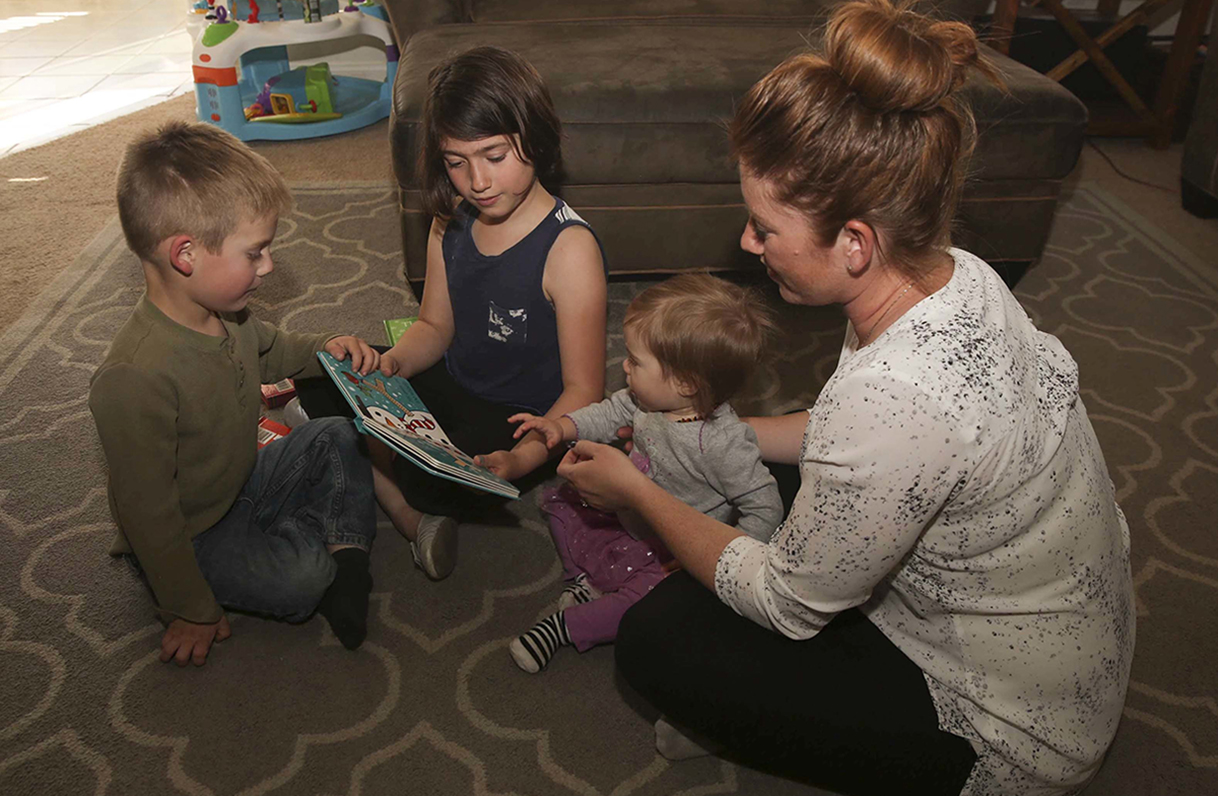By Brooke Goldberg
What’s the real military spouse unemployment rate? We don’t know, exactly, but it’s too high — and this is what MOAA is doing about it.
In 2013, MOAA’s survey with Syracuse University’s Institute for Veterans and Military Families showed an average active duty spouse unemployment rate higher than 30 percent. DoD’s survey of active duty spouses shows an unemployment rate in 2012 of 25 percent, and in 2015 of 23 percent. Blue Star Families 2016 survey estimates unemployment rates of military and veteran spouses combined to be 21 percent. In June 2017, Hiring Our Heroes released a survey on military spouses in the workplace citing an unemployment rate for active duty and veteran spouses of 16 percent.
So, at best, we can hope the existing active duty spouse unemployment rate is 16 percent: still higher than it was in 2006 (14 percent according to DoD), and four times higher than the national unemployment rate.
What is the nation doing wrong? Why have we missed the mark on military spouse unemployment — even as we have been able to dramatically reduce the unemployment rates for civilians and veterans alike? The answer: we have not given military spouse unemployment the national attention it requires. We fail, as a nation, to understand how overall military family stability contributes to our national defense. We recognize that families, in the general sense, all over the nation cannot thrive without two incomes. We recognize the challenges of single parents, who face it all alone with a single income. But we do not recognize that military service inherently burdens the ability of a dual-income family from, in fact, being a dual-income family.
With an average age of 31.5, military spouses are in their prime working years, when civilian spouses can make the most lucrative deposits toward retirement while balancing normal life challenges. Military spouses, by contrast, must achieve this while facing regular moves (national and global), the often regular but also frequently unpredictable absence of their spouse (due to deployment and training), and the stressful reintegration of the servicemember back into family life – all without adequate support networks. These challenges can sometimes exist in the civilian community, but civilian life offers more room to negotiate locations, benefits, and opportunities than military service does and certainly more freedom to opt out of that career altogether.
DoD has recognized a servicemember worried about their family at home is distracted from the mission. With higher operational tempos since 9/11, DoD continues to expand its focus on military family readiness. However, we have consistently seen that one agency of government cannot successfully tackle these broad issues without the support of other branches of federal government (such as Congress for legislation and funding) as well as the American people (e.g., voter, corporate, and local governmental/agency support). These are some of the things MOAA and the federal government are doing to positively impact military spouse employment.
MOAA advocates for a reduction in military spouse unemployment via:
- tax benefits for employers who hire military spouses,
- improved federal employment opportunities,
- interstate compacts in professions requiring licenses and credentialing, and
- reimbursement or tax credits for licensure and credentialing in a new state.
MOAA’s Military Family Initiative hosted our Keeping a Career on the Move® Spouse Symposium Oct. 3 at Camp Lejeune, N.C. The National Focus on Military Spouse Careers panel included Ivanka Trump, advisor to the president, and Kellyanne Conway, counselor to the president. Ms. Trump stated that in addition to supporting improvements in portability of licenses and credentialing, the administration was working a family agenda that “includes as part of tax reform, expanded child care tax credit … to make child care more affordable and more accessible.”
DoD’s Military Spouse Employment Partnership met Oct. 2-3 with 48 new businesses that have committed to hiring military spouses, bringing the total to more than 360 organizations in the last six years. Military spouses and the companies who want to hire them can now find each other more easily with an improved employment portal and tools for sharing good candidates facing another move. MOAA will continue to advocate for national and state focus on military spouse employment. We can use your help! Share your employment challenges and successes with us at legis@moaa.org. Your stories inspire legislation, policy and action.


